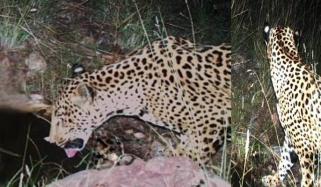Storm warnings are in effect for the southeast Caribbean islands as Hurricane Beryl is forecast to become an "extremely dangerous" Category 4 storm by Monday.
The National Hurricane Center (NHC) in Miami has called it a "very serious situation."
On Sunday morning, the NHC reported that Beryl had sustained winds of 155 miles per hour with stronger gusts, upgrading the storm to a Category 3 hurricane, as per Newsweek.
A Category 3 hurricane has winds between 111 and 129 miles per hour, which can cause extensive damage.
The NHC warned that Beryl is set to bring "destructive hurricane-force winds and life-threatening storm surge" to the Windward Islands, including Barbados, St. Lucia, St. Vincent and the Grenadines, Grenada, and Tobago, early Monday.
While, the NHC described the situation as "very serious" for the Windward Islands.
Hurricane specialist and storm surge expert Michael Lowry told The Associated Press, "Beryl is an extremely dangerous and rare hurricane for this time of year in this area. Unusual is an understatement. Beryl is already a historic hurricane and it hasn't struck yet."
Moreover, June marks the beginning of the Atlantic hurricane season, but it typically sees fewer and less severe storms.
According to the National Oceanographic and Atmospheric Administration, only 6 percent of tropical storms in the Atlantic Basin occurred in June from 1851 to 2022.
If Beryl reaches Category 4, it will be the strongest hurricane in the area since Hurricane Ivan in 2004.
It will also be the earliest major hurricane to form in the Atlantic Basin in over 50 years.
The NHC predicts Beryl will "produce rainfall totals of 3 to 6 inches across Barbados and the Windward Islands Sunday night into Monday. This rainfall may cause flash flooding in vulnerable areas."
As of early Sunday, Beryl's eye was located over 400 miles southeast of Barbados, moving quickly west to west-northward, which will bring it to the southern Caribbean islands.












